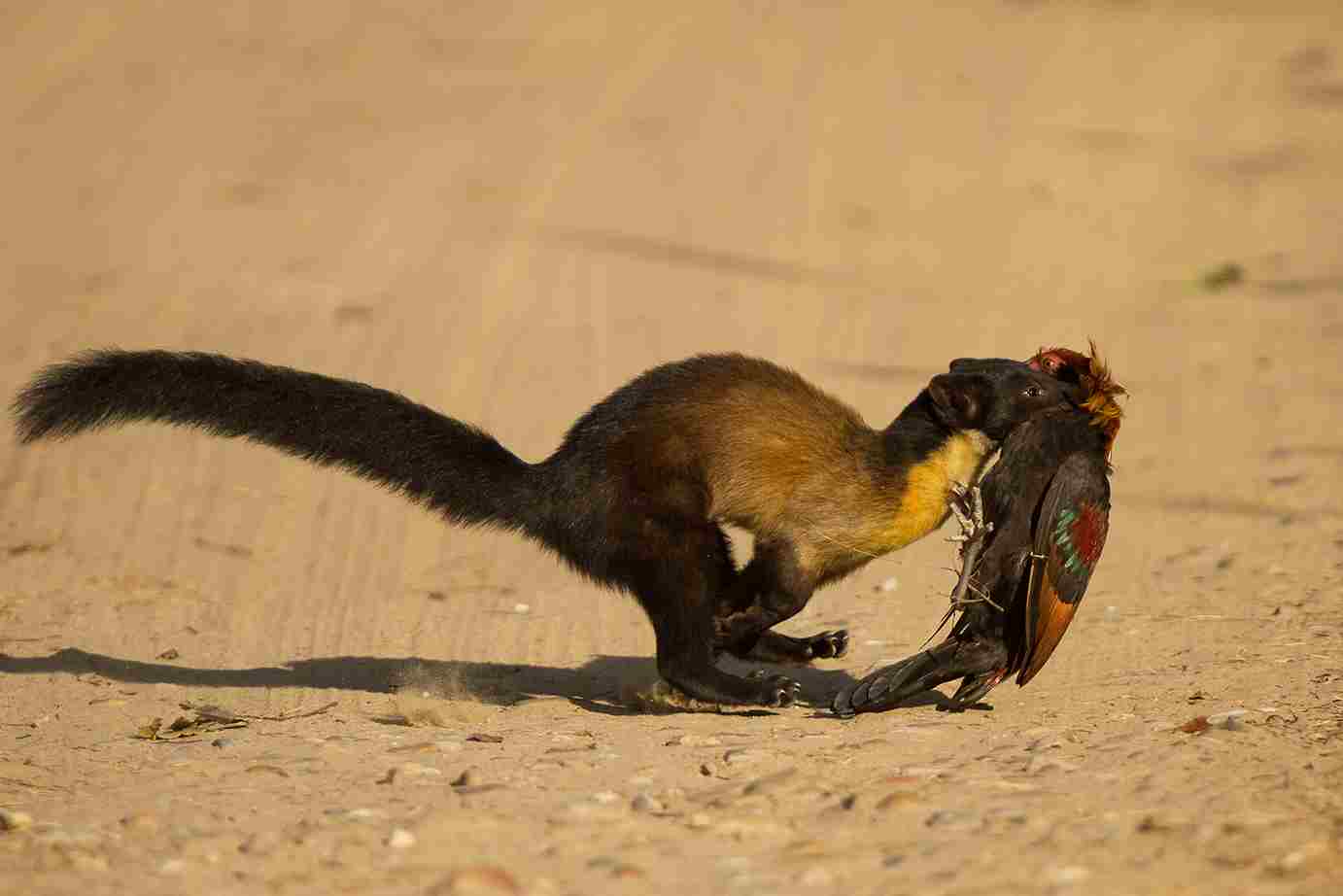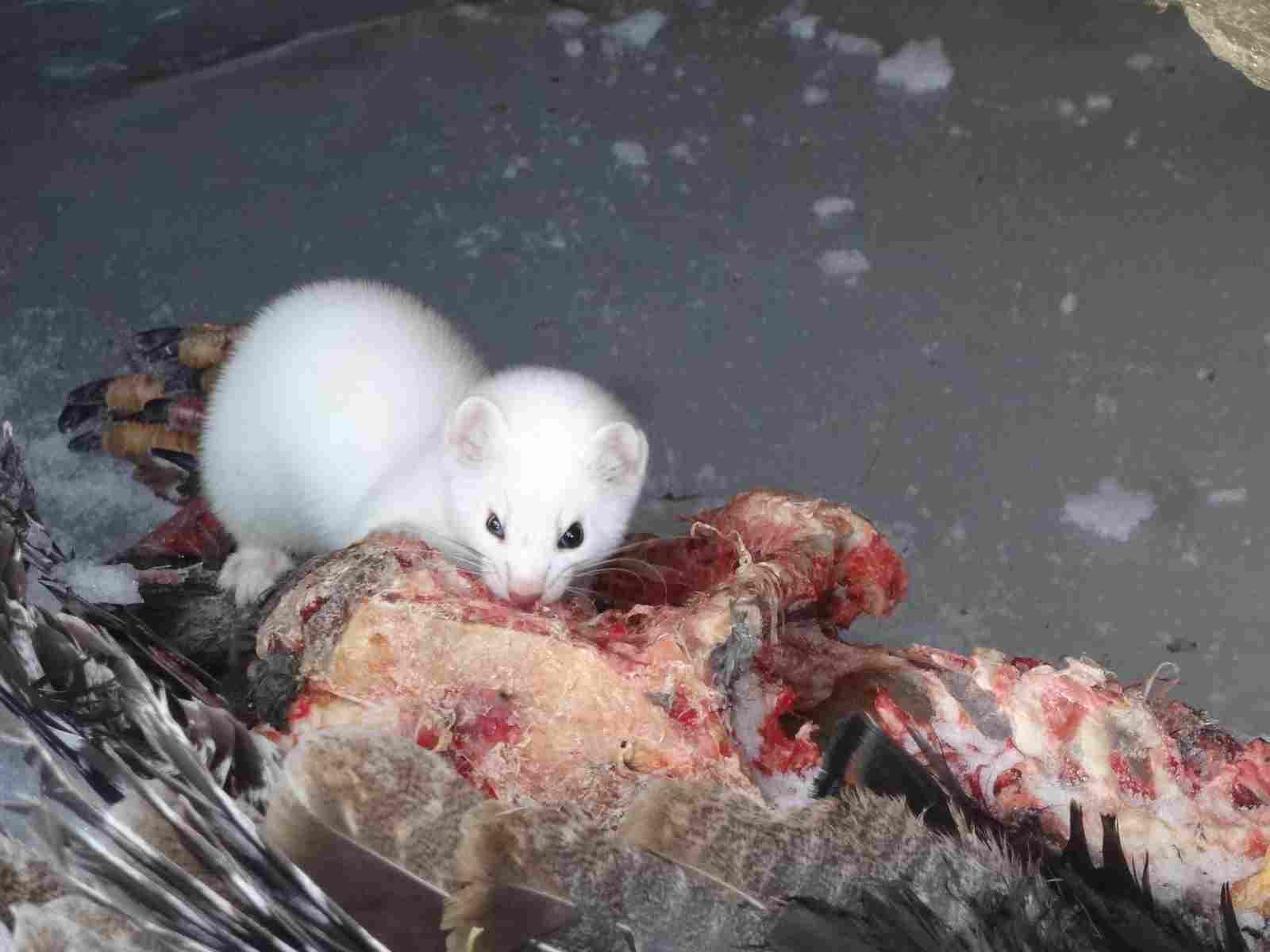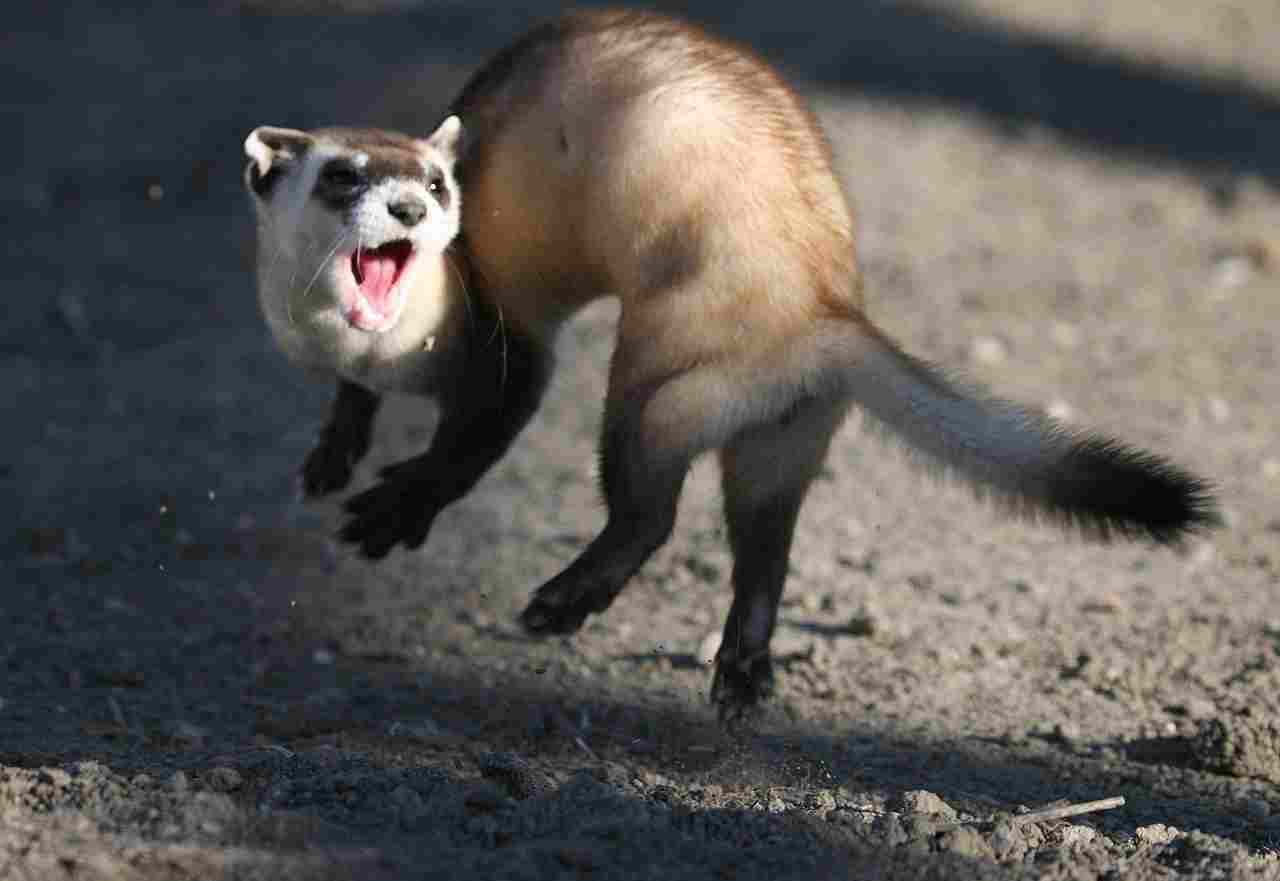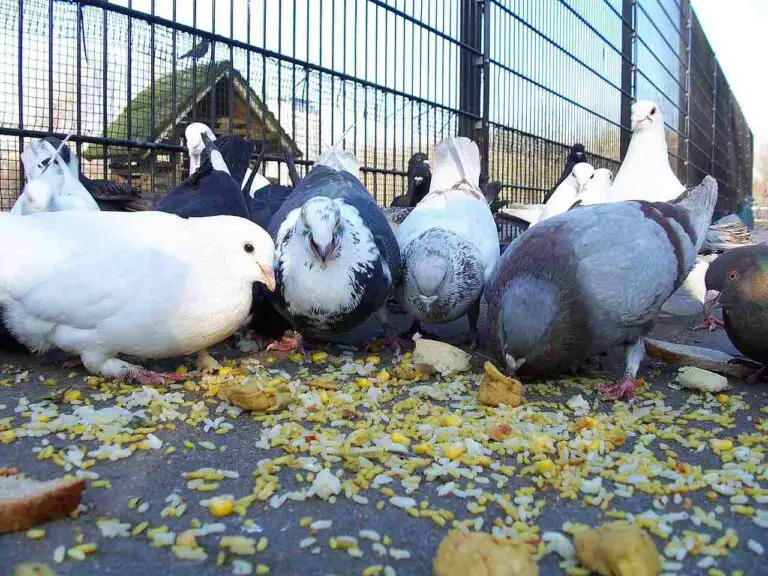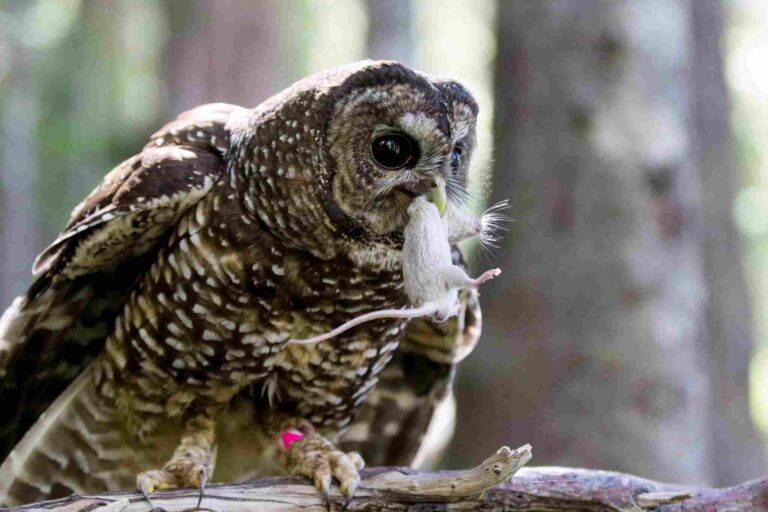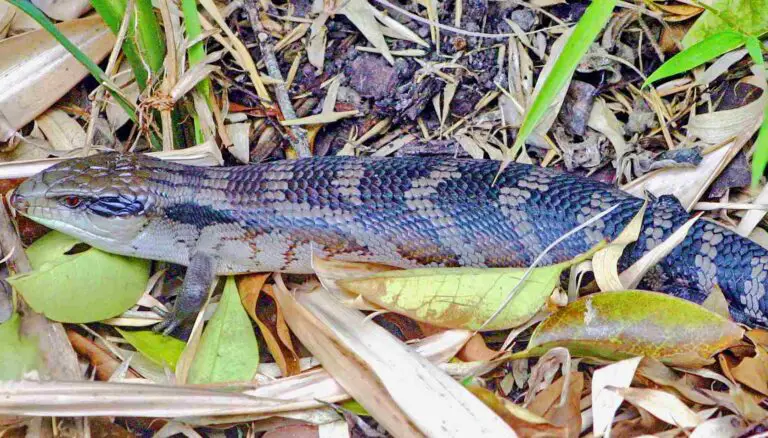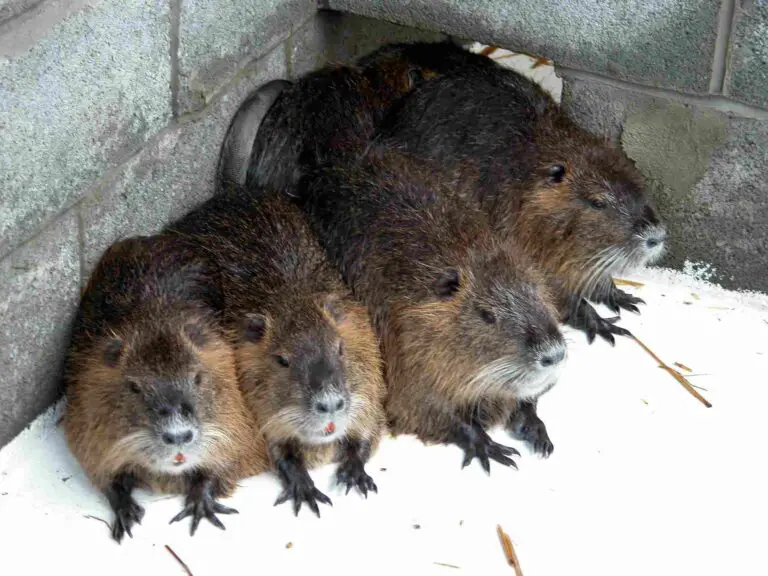Weasel Vs Otter Size, Weight, Overall Comparison
A hypothetical confrontation between a weasel and an otter, two members of the Mustelidae family, presents a dynamic scenario given the significant size and behavioral variations within this family. Mustelids exhibit a wide range of sizes and behaviors, with the smallest variants being notably smaller than the largest ones. This analysis explores the potential outcomes of a fight between a weasel and an otter, acknowledging the size and strength differences that may influence the dynamics of this hypothetical encounter.
Weasel vs Otter: Assessing the Likely Victor in a Confrontation
In a hypothetical scenario involving a weasel and an otter, the outcome of a fight may vary depending on the individual and species, considering the substantial size and behavioral differences within the Mustelidae family. On average, the otter would win the weasel as it is generally larger and stronger, although individual variations and specific species characteristics play crucial roles in determining the likely victor.
I). Size and Behavioral Variations:
– Mustelids exhibit considerable variations in size and adaptation (including behavioral). The least weasel, being one of the smallest members, can be under 20 cm in length, while giant otters in Amazonian South America can measure up to 1.65 m. Sea otters, in particular, can significatly exceed 40 kg in weight. These size differences highlight the diversity within the Mustelidae family.
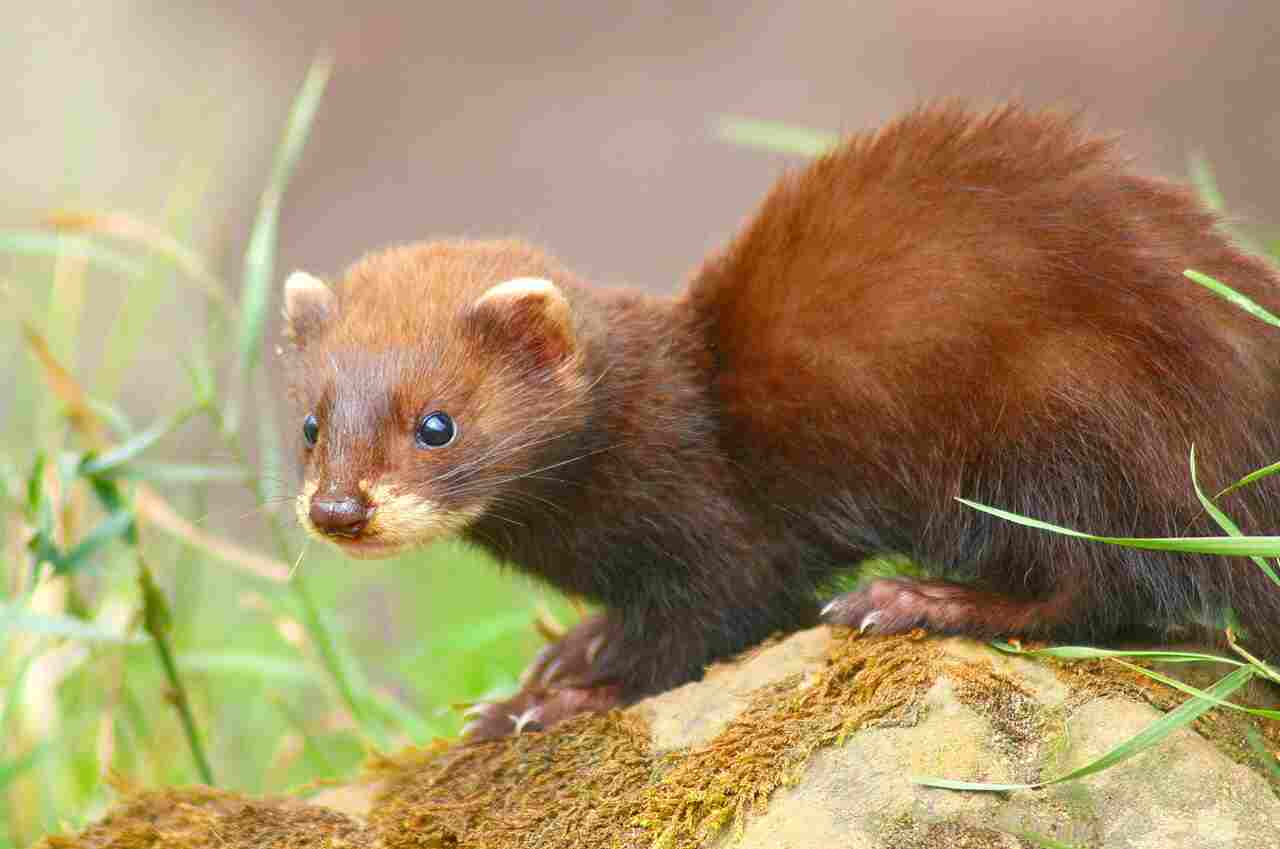
II). Individual and Species Differences:
– Individual and species-specific characteristics play a significant role in determining the outcome of a fight between a weasel and an otter. While the otter is generally larger and stronger, the specific size, strength, and behavioral traits of the individual animals involved can influence the dynamics of the confrontation.
III). General Strength of Otters:
– Otters, known for their strength and aquatic adaptations, are generally formidable members of the Mustelidae family. Their larger size and powerful limbs contribute to their ability to navigate aquatic environments and may provide an advantage in a physical confrontation with a weasel.
IV). Potential Strategies of the Weasel:
– Weasels, despite their smaller size compared to otters, are known for their agility, aggressiveness, and hunting skills. The weasel’s potential strategies, such as evasiveness and quick maneuvers, may be crucial factors in determining whether it can effectively counter the otter’s size and strength advantages.
V). Overall Dynamics:
– In this hypothetical scenario, the otter is generally likely to emerge as the victor in a fight against a weasel due to its larger size and strength. However, individual and species-specific differences within the Mustelidae family can influence the outcome, with the weasel’s potential strategies playing a role in the dynamics of the confrontation.
*Details of Comparison
| Criteria | Weasel | Otter |
| Taxonomy | Mustelidae family |
Mustelidae family, Lutrinae subfamily
|
| Appearance | Slender, varied fur colors |
Robust, webbed feet, dense fur
|
| Size | Smaller (6 to 13 inches) |
Larger (2 to 5 feet)
|
| Weight | Lightweight |
Heavier (10 to 100 pounds)
|
| Bite Force (PSI) | Strong for subduing terrestrial prey |
Powerful for capturing aquatic prey
|
| Physical Offensive Advantages | Claws and bite for terrestrial hunting |
Webbed feet and strong jaws for aquatic hunting
|
| Physical Defensive Advantages | Relies on agility |
Dense fur, streamlined body for evasion
|
| Speed | Up to 20 mph on land |
Swim at about 7 mph
|
| Agility | Highly agile on land |
Agile on land and in water
|
| Overall Physical Capacity | Focus on agility and speed on land |
Versatile capacities for both land and water
|
| Habitat Preference(s) | Adaptable to various terrestrial habitats |
Prefers aquatic ecosystems
|
| Tracks | Claw marks on land |
Webbed footprints near water bodies
|
| Lifespan | Shorter lifespan (1 to 3 years) |
Longer lifespan (up to 10-15 years)
|
| Mode of Feeding | Terrestrial carnivores |
Aquatic carnivores
|
| Intelligence | Problem-solving skills adapted to hunting needs |
Demonstrates problem-solving skills
|
| Social Behavior | Generally solitary |
May exhibit social behavior
|
| Mode of Reproduction | Polygamous mating system |
Varied mating systems
|
| Parental Behavior | Limited parental care |
Significant parental care
|
| Proximity to Human-Inhabited Areas | Adaptable to human-altered environments |
Avoids densely populated areas
|
| Behavior Toward Humans | Prefer to avoid direct human contact |
Prefer to avoid direct human contact
|
| Danger Posed to Humans | Minimal danger, caution advised |
Minimal danger, caution advised
|
| Associated Precautions | Maintain respectful distance |
Maintain respectful distance
|
| Conservation Status | Various statuses depending on species |
Varies among species, some near threatened
|
| Conclusion | Shared taxonomy and carnivorous diet |
Differences in habitat, physical adaptations, and parenting behaviors
|
Key Points
- Weasels are terrestrial and emphasize agility, while otters showcase versatility in both land and water.
- Otters exhibit more significant parental care compared to the limited parental care observed in weasels.
- Conservation statuses vary among species for both weasels and otters.
- Both prefer to avoid direct human contact, and caution is advised in encounters.
- Respectful distance helps minimize stress and potential risks during encounters.
- Differences in physical adaptations and behavior contribute to their distinct roles in ecosystems.
1. Taxonomy:
Weasel (Mustela): Belongs to the Mustelidae family, which includes small to medium-sized carnivores like ferrets, minks, and stoats.
Otter (Lutrinae): Part of the Mustelidae family but specifically classified under the subfamily Lutrinae, comprising aquatic or semi-aquatic mammals.
2. Appearance:

Weasel: Typically has a slender, elongated body with short legs and a pointed face. Fur color varies among species, providing camouflage in their respective habitats.
Otter: Exhibits a more robust build with a streamlined body, webbed feet, and a flattened tail. Fur is dense, waterproof, and often darker on the back.
Comparison: Weasels are adapted for terrestrial life, emphasizing agility, while otters have aquatic adaptations for swimming efficiently.
Ecological Implications: Weasels thrive in diverse environments, utilizing their agility for hunting on land. Otters, with aquatic adaptations, play a crucial role in maintaining freshwater ecosystems by controlling prey populations and influencing aquatic vegetation.
3. Size:
Weasel: Generally smaller, with lengths ranging from 6 to 13 inches, depending on the species.
Otter: Larger, varying in size from about 2 to 5 feet, including the tail.
Comparison: Weasels are diminutive compared to otters, reflecting their distinct ecological niches.
Ecological Implications: Size differences contribute to specific ecological roles; weasels are efficient small prey hunters on land, while otters, being larger, can tackle a wider variety of aquatic prey.
4. Weight:
Weasel: Typically lightweight, ranging from a few ounces to a pound.
Otter: Heavier, with weights ranging from 10 to 100 pounds depending on the species.
Comparison: Weasels are significantly lighter than otters, reflecting their differing lifestyles.
Ecological Implications: Weight influences ecological interactions; weasels can navigate smaller prey efficiently, while otters can tackle larger aquatic organisms.
5. Bite Force (PSI – Pounds per Square Inch):
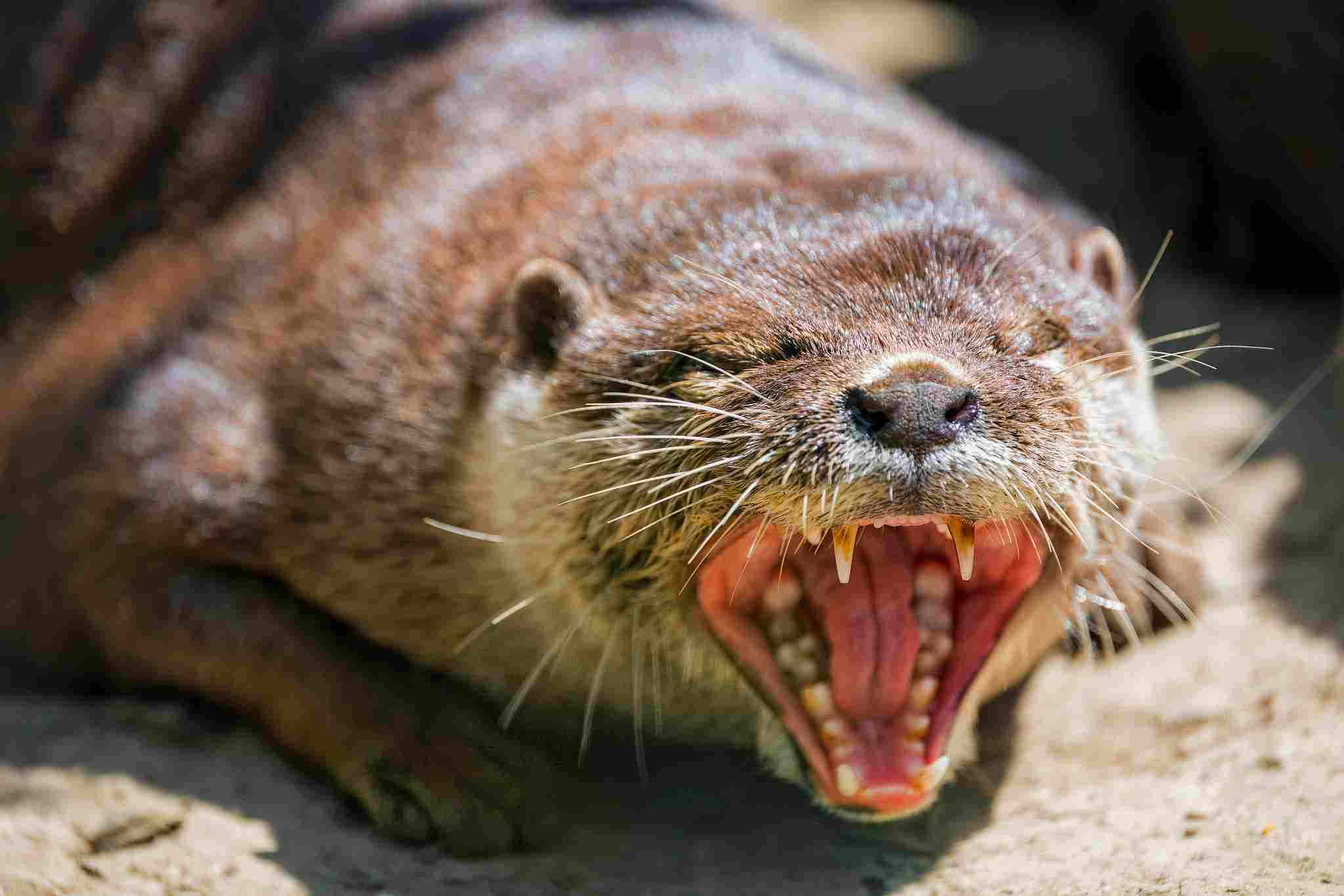
Weasel: Exhibits a strong bite relative to its size, essential for subduing prey.
Otter: Possesses a powerful bite adapted for capturing and consuming aquatic prey.
Comparison: While both have potent bites, their specific adaptations cater to their respective hunting strategies.
Ecological Implications: Bite force is crucial for securing prey; weasels use it on terrestrial prey, and otters leverage it for capturing and consuming aquatic organisms.
6. Physical Offensive Advantages:
Weasel: Sharp, elongated claws and a strong bite provide effective tools for subduing small terrestrial prey.
Otter: Webbed feet and strong jaws equipped with sharp teeth aid in capturing and handling aquatic prey.
Comparison: Weasels rely on claws and bites for terrestrial hunting, while otters use their adapted anatomy for efficient aquatic hunting.
Ecological Implications: These offensive adaptations align with their specific hunting environments, contributing to their roles in ecosystems.
7. Physical Defensive Advantages:
Weasel: Exceptional agility and a slender body facilitate evasion and escape from predators.
Otter: Dense fur and a powerful, streamlined body assist in underwater evasion from potential threats.
Comparison: Weasels prioritize agility for evasion, while otters have adaptations for both aquatic escape and confronting threats.
Ecological Implications: Defensive strategies reflect the different challenges they face in their respective habitats, influencing their roles within ecosystems.
8. Speed (Km/hour or Mile/hour):
Weasel: Can reach speeds up to 20 miles per hour (32 km/h) for short bursts on land.
Otter: Capable swimmers, with speeds reaching around 7 miles per hour (11 km/h) in water.
Comparison: Weasels excel in short bursts on land, while otters showcase their speed in aquatic environments.
Ecological Implications: Speed adaptations contribute to successful hunting and evasion, emphasizing their ecological roles.
9. Agility:
Weasel: Highly agile with a slender body, allowing it to navigate various terrains and pursue elusive prey.
Otter: Displays agility both on land and in water, utilizing a flexible body and strong tail for streamlined movement.
Comparison: Weasels showcase agility on land, while otters exhibit versatility in both terrestrial and aquatic environments.
Ecological Implications: Agility is crucial for successful hunting and navigating their respective habitats, influencing their ecological impact.
10. Overall Physical Capacity:
Weasel: Primarily adapted for agility and speed on land, with a focus on terrestrial hunting.
Otter: Exhibits a more versatile physical capacity, combining agility on land with strong swimming abilities for aquatic hunting.
Comparison: Weasels excel in specific terrestrial skills, while otters showcase a broader range of physical capabilities for both land and water.
Ecological Implications: Their overall physical capacity reflects their adaptability to different ecological niches, influencing their roles in ecosystems.
11. Habitat Preference(s):
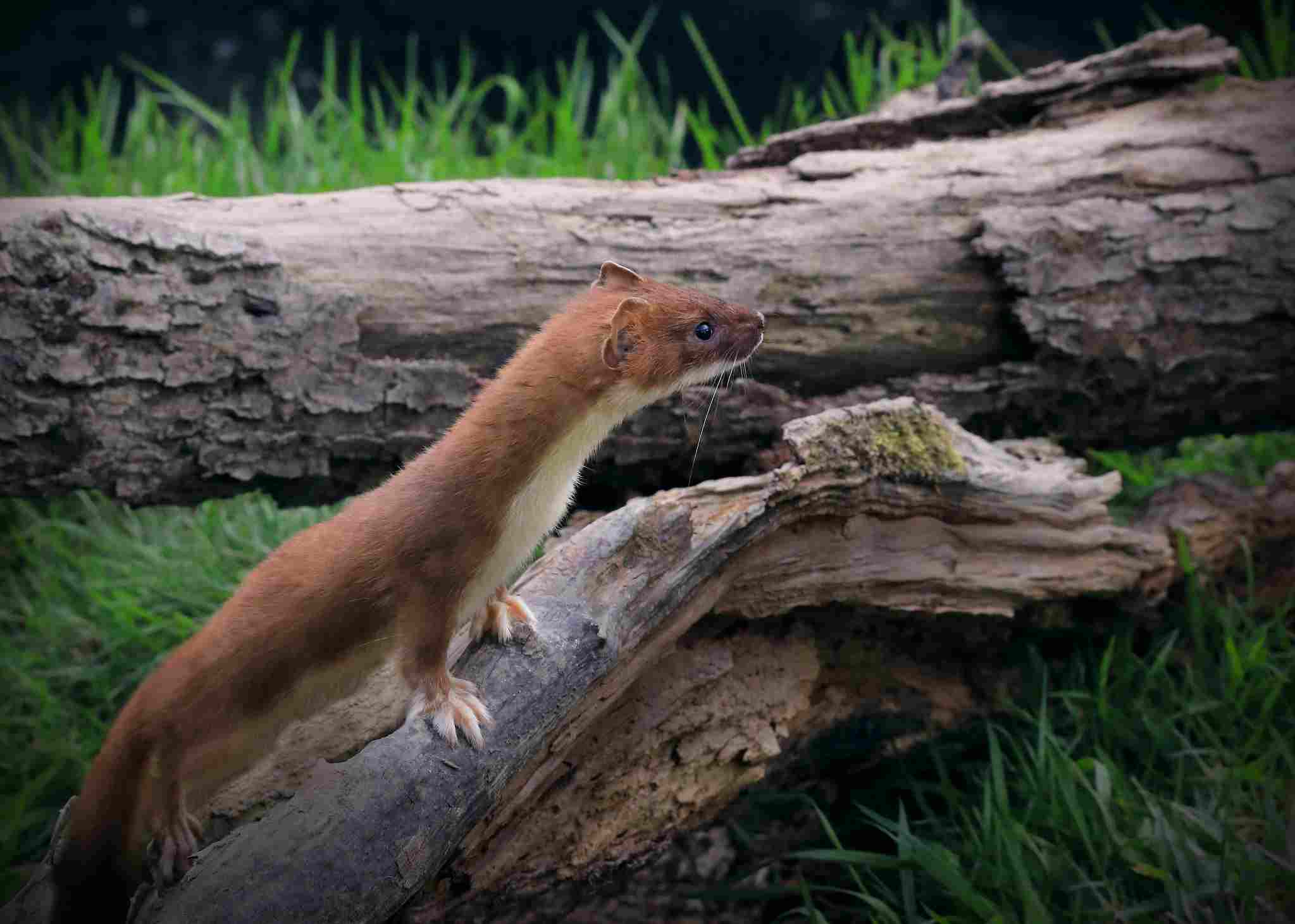
Weasel: Thrives in a variety of habitats, including forests, grasslands, and agricultural areas.
Otter: Prefers aquatic habitats like rivers, lakes, and coastal areas, but may also inhabit nearby terrestrial environments.
Comparison: Weasels are adaptable to diverse terrestrial habitats, whereas otters are more closely associated with aquatic ecosystems.
Ecological Implications: Habitat preferences dictate their impact on ecosystems; weasels influence terrestrial prey populations, while otters play a role in maintaining aquatic ecosystems.
12. Tracks:
Weasel: Leave tracks with distinct claw marks, reflecting their terrestrial locomotion.
Otter: Display webbed footprints in mud near water bodies, indicative of their aquatic lifestyle.
Comparison: Track characteristics provide insights into their preferred habitats and modes of movement.
Ecological Implications: Tracking patterns contribute to understanding their presence in ecosystems and help monitor their populations.
13. Lifespan:
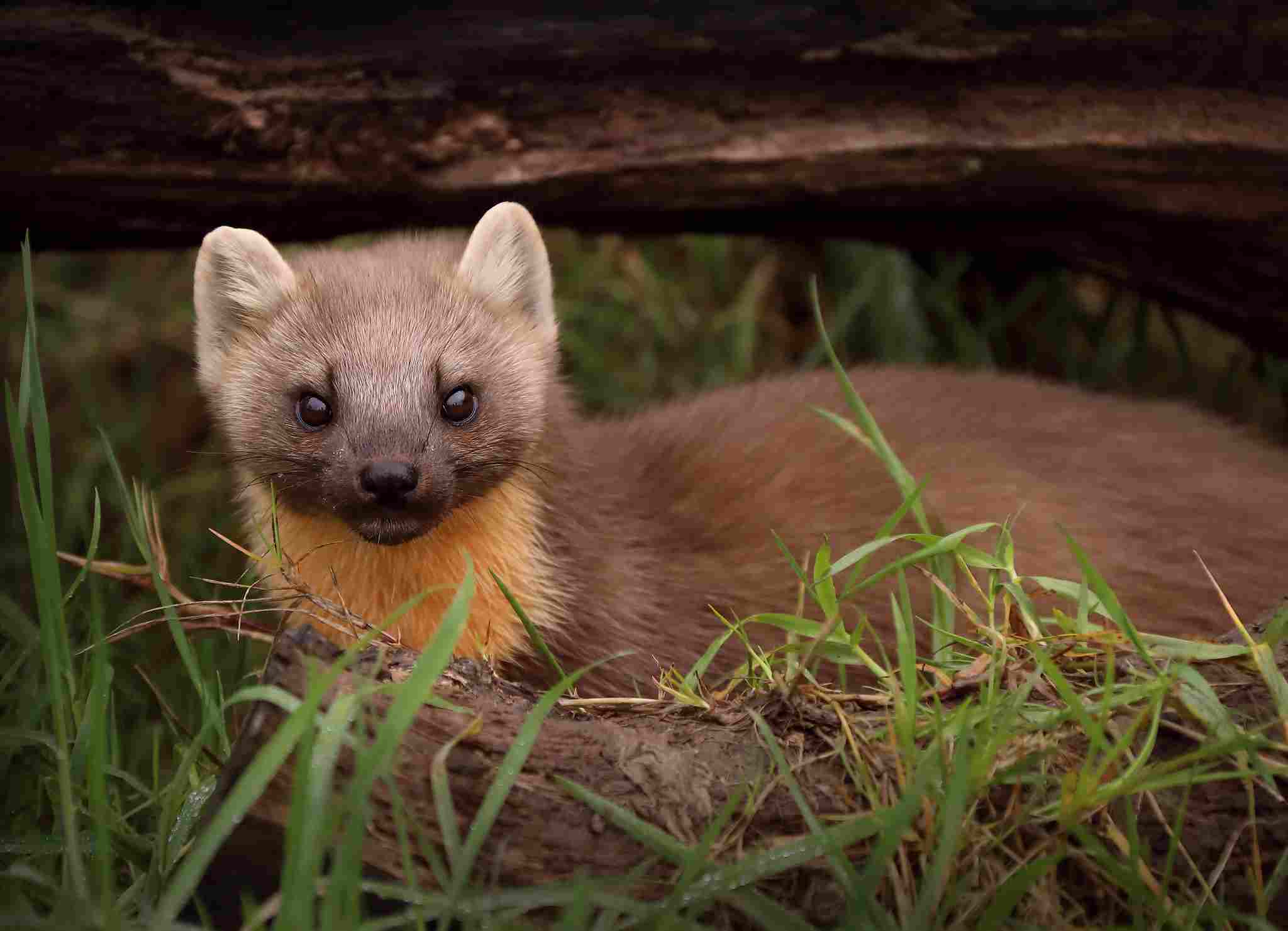
Weasel: Generally shorter lifespan, ranging from 1 to 3 years in the wild.
Otter: Longer lifespan, with some species living up to 10-15 years in the wild.
Comparison: Otters have a significantly longer lifespan compared to weasels.
Ecological Implications: Lifespan influences population dynamics and the ecological roles these species play over time.
14. Mode of Feeding:
Weasel: Carnivorous, primarily preying on small mammals, birds, and insects on land.
Otter: Carnivorous, with a diet focused on aquatic prey such as fish, crustaceans, and amphibians.
Comparison: Weasels specialize in terrestrial hunting, while otters are adapted for capturing prey in aquatic environments.
Ecological Implications: Their feeding preferences contribute to the balance of prey populations in their respective habitats.
15. Intelligence:
Weasel: Exhibits problem-solving abilities and strategic hunting techniques, especially when pursuing elusive prey.
Otter: Displays high intelligence, with problem-solving skills observed in tasks related to obtaining and consuming food.
Comparison: Both weasels and otters demonstrate intelligence, adapted to their specific hunting and survival needs.
Ecological Implications: Intelligence influences their effectiveness as predators, aiding in adapting to environmental challenges.
16. Social Behavior:
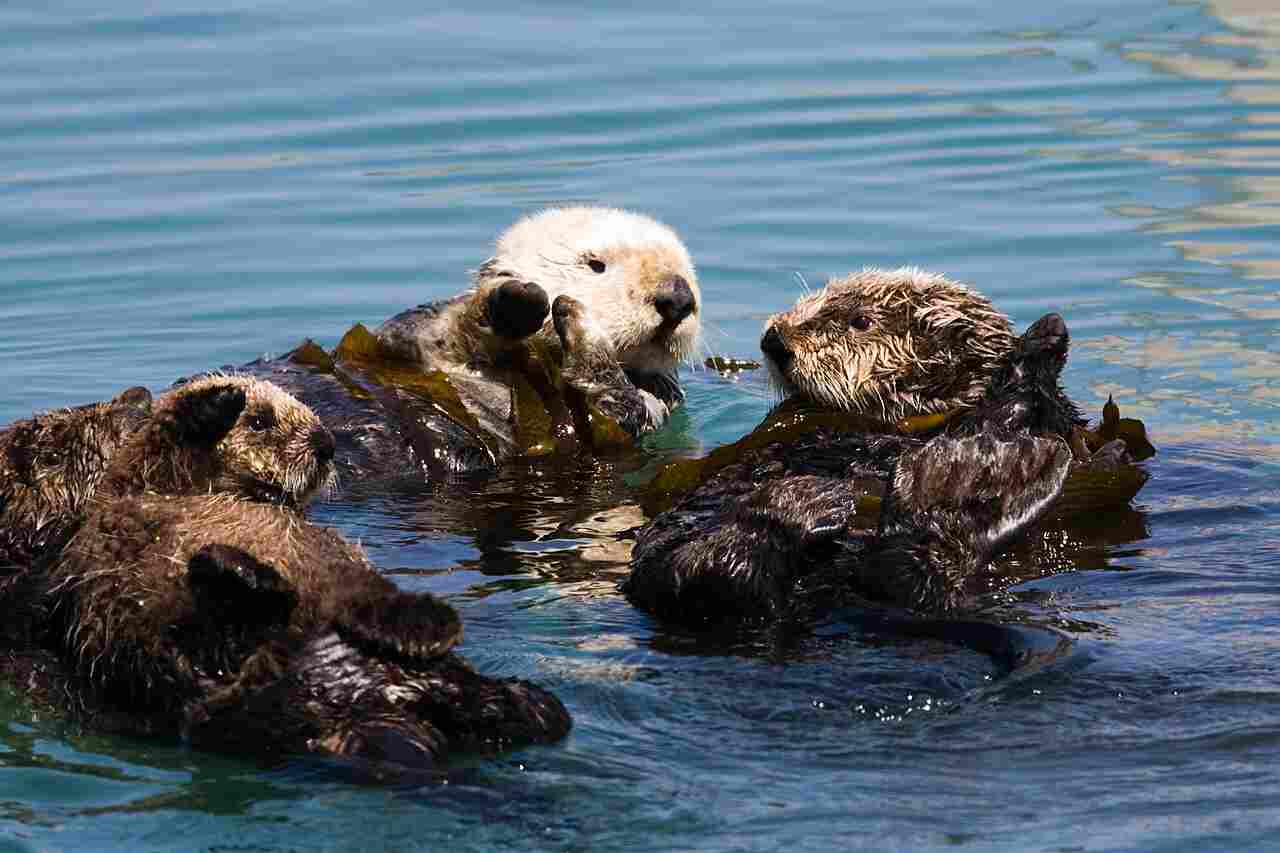
Weasel: Typically solitary animals, except during the breeding season.
Otter: Can exhibit social behavior, living in family groups or pairs, depending on the species.
Comparison: Weasels are generally more solitary, while otters may engage in social structures, contributing to different ecological dynamics.
Ecological Implications: Social behavior affects how they interact within their communities, influencing resource competition and predator-prey relationships.
17. Mode of Reproduction:
Weasel: Exhibits a polygamous mating system, with males competing for mates during the breeding season.
Otter: Mating systems vary but can include monogamous pairs or temporary group associations, depending on the species.
Comparison: Weasels typically have a more competitive mating structure, while otters may display varying social structures during the breeding season.
Ecological Implications: Reproductive strategies impact population dynamics and the distribution of these species within ecosystems.
18. Parental Behavior:
Weasel: Limited parental care, with the female providing minimal care for the offspring until they are independent.
Otter: Exhibits more significant parental care, with both parents contributing to the protection, feeding, and teaching of their young.
Comparison: Otters invest more in parental care, enhancing the survival chances of their offspring compared to weasels.
Ecological Implications: Parental behavior influences the success of the next generation and contributes to the stability of populations in their respective habitats.
19. Proximity to Human-Inhabited Areas:
Weasel: Can adapt to human-altered environments and may be found near farms, gardens, and suburban areas.
Otter: Tends to avoid densely populated areas but may inhabit water bodies close to human settlements.
Comparison: Weasels demonstrate more adaptability to human presence in various landscapes compared to otters.
Ecological Implications: Proximity to humans can influence interactions, resource competition, and potential conflicts, impacting local ecosystems.
20. Behavior Toward Humans:
Weasel: Generally elusive and may avoid human contact, but can exhibit defensive behavior if cornered.
Otter: Typically shy and avoids direct interaction with humans, but can become accustomed to human presence in certain conditions.
Comparison: Both species generally prefer to avoid direct contact with humans, but weasels may be more adaptable to close proximity.
Ecological Implications: Human interactions can influence stress levels and behaviors, impacting the well-being and survival of these species.
21. Danger Posed to Humans:
Weasel: Generally poses minimal danger to humans; bites may occur if cornered, but serious injuries are rare.
Otter: Typically not considered dangerous to humans; however, caution is advised, as they may defend themselves if threatened.
Comparison: Both weasels and otters are not typically aggressive towards humans, but caution is recommended in encounters.
Ecological Implications: Understanding potential risks helps in managing human-wildlife interactions and promoting coexistence.
22. Associated Precautions:
Weasel: If encountered, it’s advisable to observe from a distance and avoid cornering the animal to prevent defensive reactions.
Otter: Caution is needed near water bodies where otters reside; keeping a safe distance helps prevent potential defensive behaviors.
Comparison: Both species benefit from respectful distance to minimize stress and potential risks during encounters.
Ecological Implications: Responsible human behavior contributes to the well-being and conservation of these species within their ecosystems.
23. Conservation Status:
Weasel: Various species have different conservation statuses, ranging from least concern to vulnerable, depending on factors like habitat loss and climate change.
Otter: Conservation statuses vary among species; some are near threatened due to habitat loss and pollution, while others may face fewer threats.
Comparison: Conservation statuses reflect the specific challenges each species faces, emphasizing the importance of tailored conservation efforts.
Ecological Implications: Conservation efforts are crucial to maintaining biodiversity and ecosystem health, considering the unique needs of each species.
Comparison Summary:
1. Taxonomy:
Weasel (Mustela) and Otter (Lutrinae) both belong to the Mustelidae family.
2. Appearance:
Weasels: Slender, elongated body with varied fur colors.
Otters: Robust build, webbed feet, and dense, waterproof fur.
3. Size:
Weasels are generally smaller (6 to 13 inches).
Otters are larger (2 to 5 feet).
4. Weight:
Weasels are lightweight.
Otters are heavier (10 to 100 pounds).
5. Bite Force (PSI):
Weasels have a strong bite for subduing terrestrial prey.
Otters have a powerful bite adapted for capturing aquatic prey.
6. Physical Offensive Advantages:
Weasels use claws and bite for terrestrial hunting.
Otters use webbed feet and strong jaws for aquatic hunting.
7. Physical Defensive Advantages:
Weasels rely on agility.
Otters have dense fur and streamlined bodies for evasion.
8. Speed:
Weasels can reach 20 mph on land.
Otters swim at about 7 mph.
9. Agility:
Weasels are highly agile on land.
Otters exhibit agility both on land and in water.
10. Overall Physical Capacity:
Weasels focus on agility and speed on land.
Otters have versatile capacities for both land and water.
11. Habitat Preference(s):
Weasels adapt to various terrestrial habitats.
Otters prefer aquatic ecosystems.
12. Tracks:
Weasels leave claw marks on land.
Otters leave webbed footprints near water bodies.
13. Lifespan:
Weasels have a shorter lifespan (1 to 3 years).
Otters have a longer lifespan (up to 10-15 years).
14. Mode of Feeding:
Weasels are terrestrial carnivores.
Otters are aquatic carnivores.
15. Intelligence:
Both exhibit problem-solving skills adapted to their hunting needs.
16. Social Behavior:
Weasels are generally solitary.
Otters may exhibit social behavior, living in groups.
17. Mode of Reproduction:
Weasels have a polygamous mating system.
Otters may have various mating systems.
18. Parental Behavior:
Weasels provide limited parental care.
Otters exhibit significant parental care.
19. Proximity to Human-Inhabited Areas:
Weasels adapt to human-altered environments.
Otters avoid densely populated areas.
20. Behavior Toward Humans:
Both prefer to avoid direct human contact.
21. Danger Posed to Humans:
Neither pose significant danger, but caution is advised.
22. Associated Precautions:
Maintain a respectful distance for both species.
23. Conservation Status:
Conservation statuses vary among species for both weasels and otters.
Conclusion
I. Similarities:
Both weasels and otters belong to the Mustelidae family, highlighting their shared evolutionary lineage.
They are carnivorous, with adaptations for efficient hunting and capturing prey.
II. Differences:
Weasels are primarily terrestrial, emphasizing agility and speed, while otters exhibit versatility in both terrestrial and aquatic environments.
Otters display more significant parental care compared to the limited parental care observed in weasels.
Conservation statuses vary among species, reflecting distinct threats and conservation needs.
